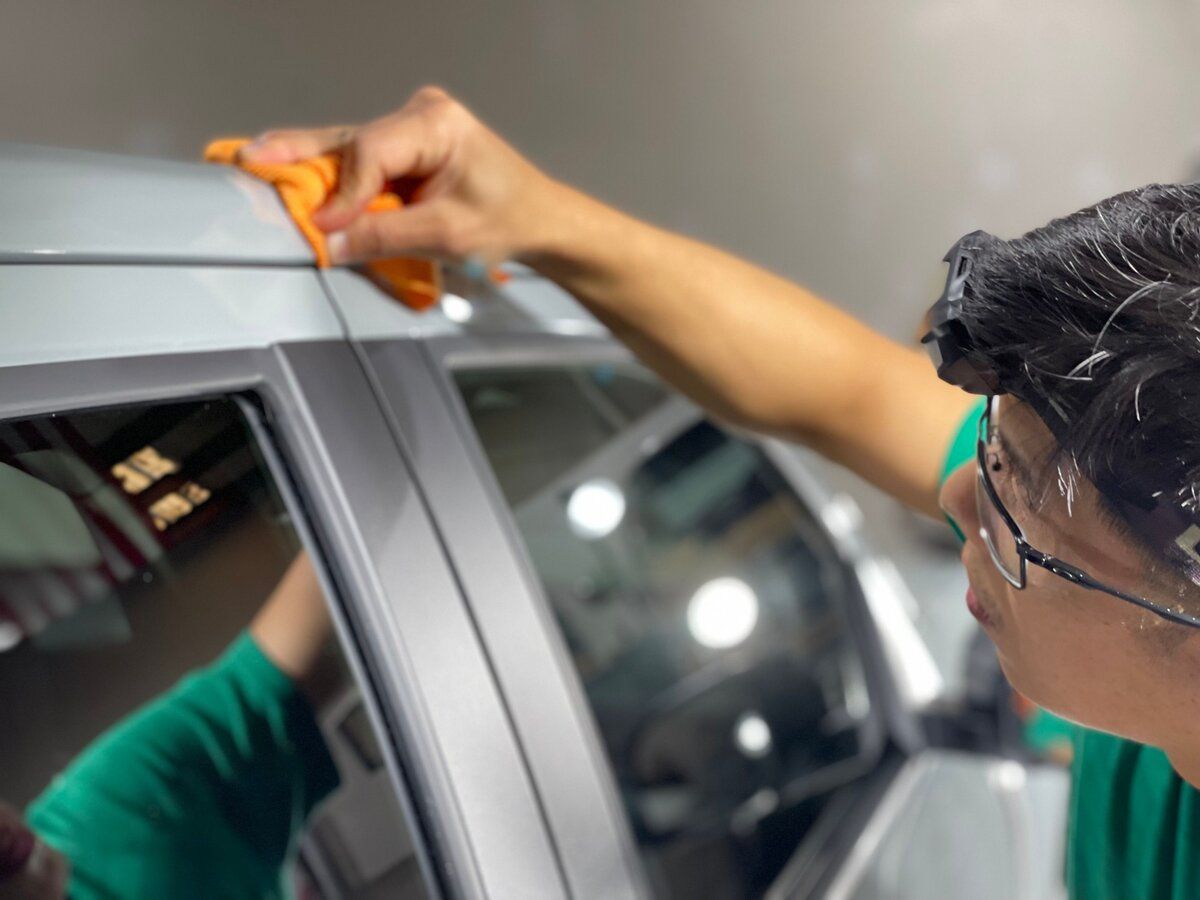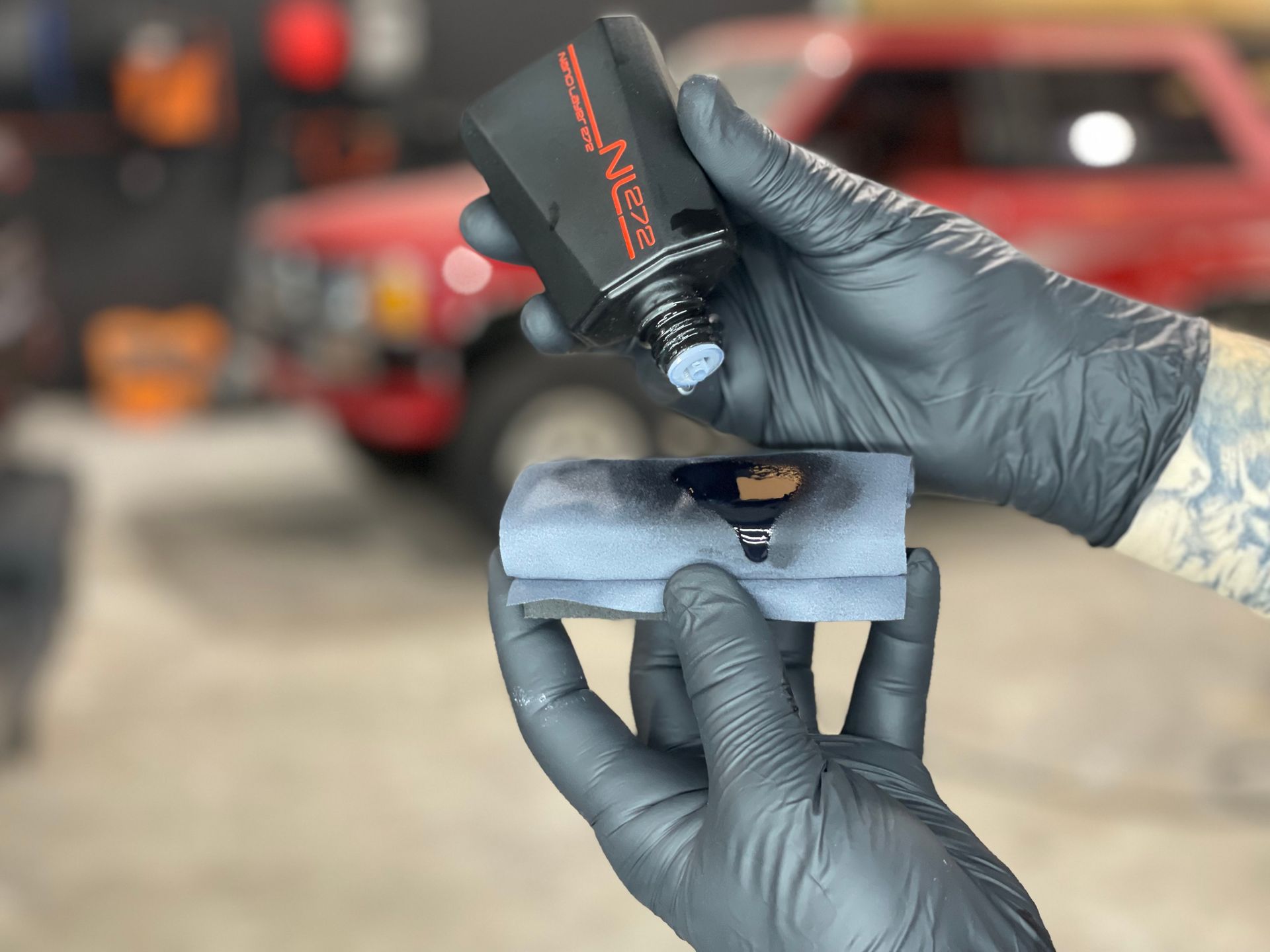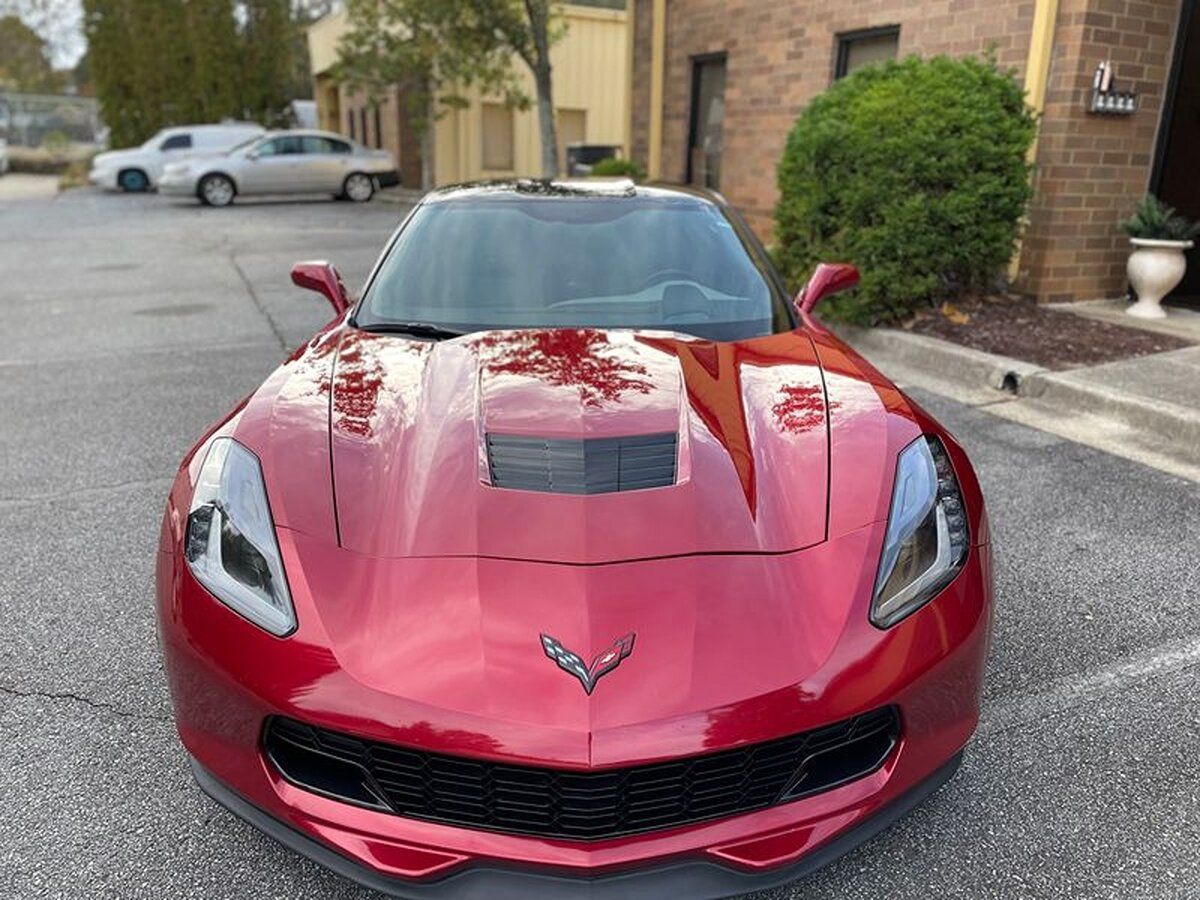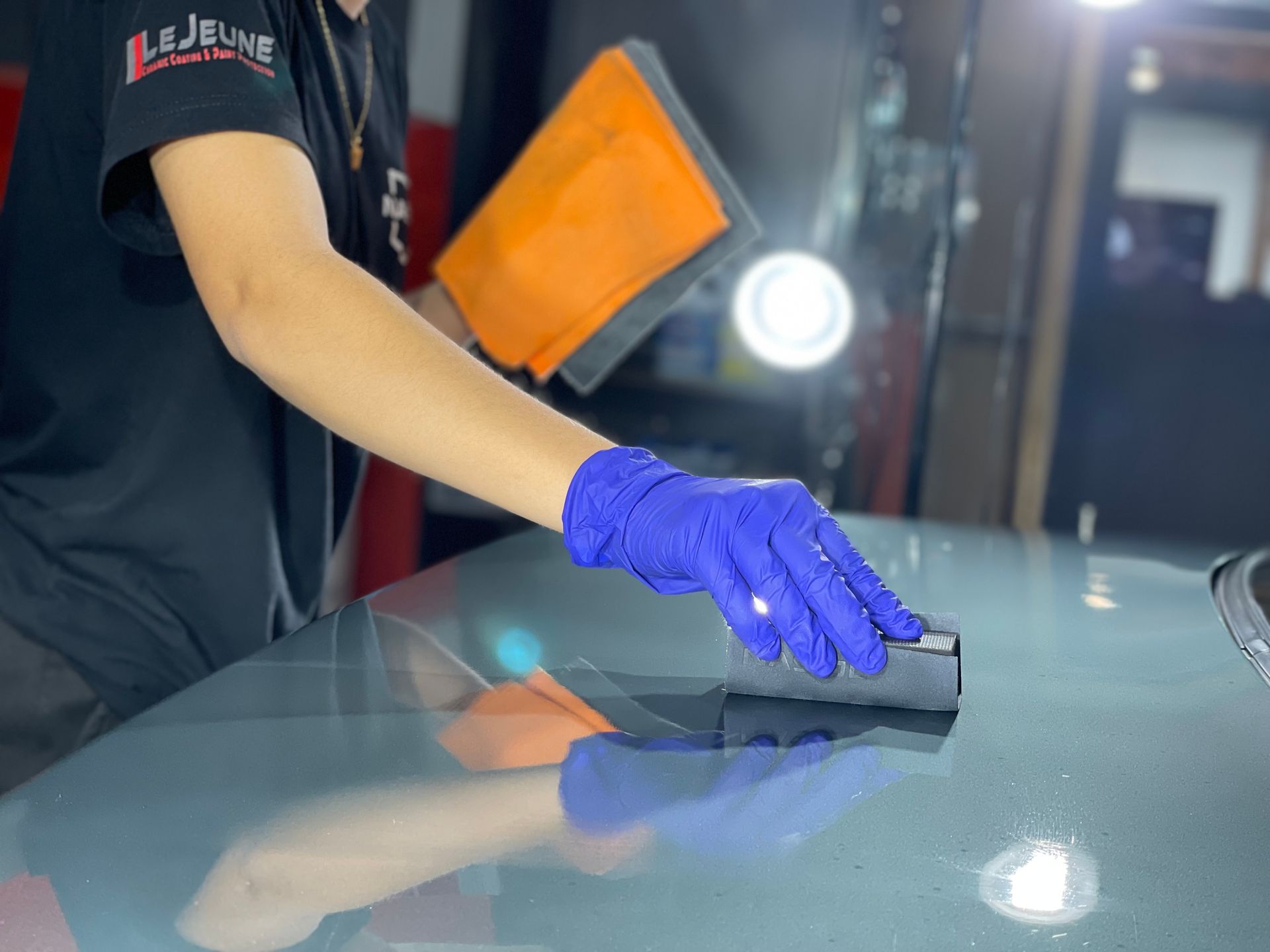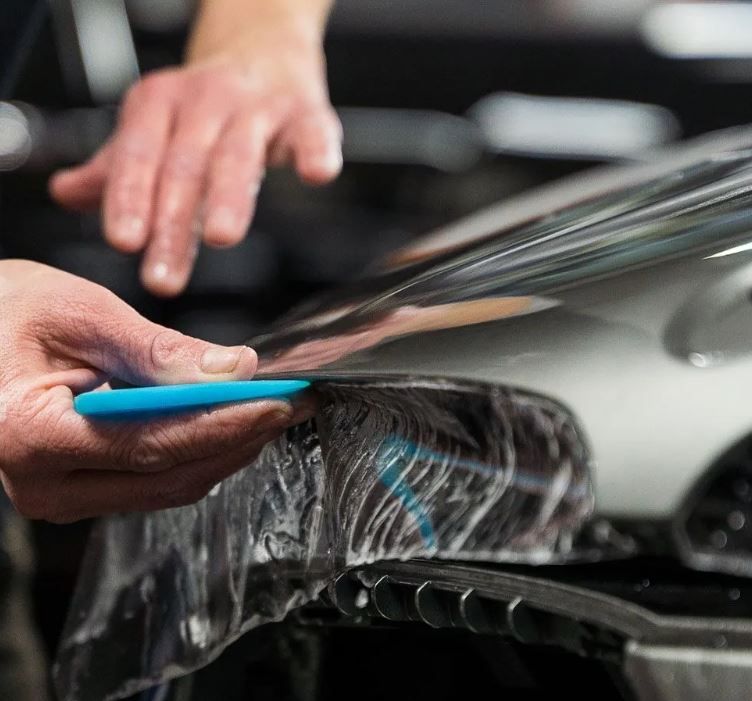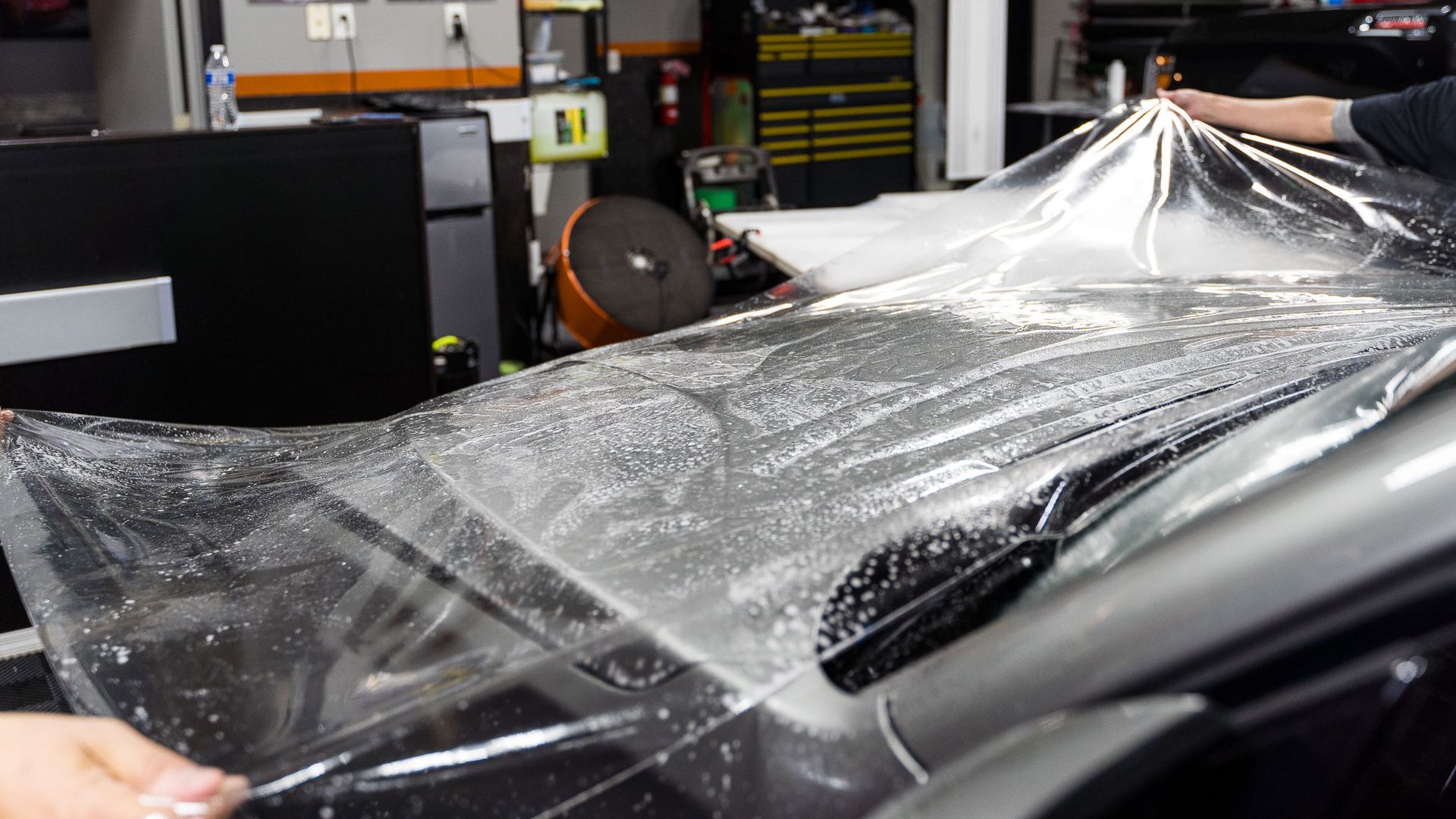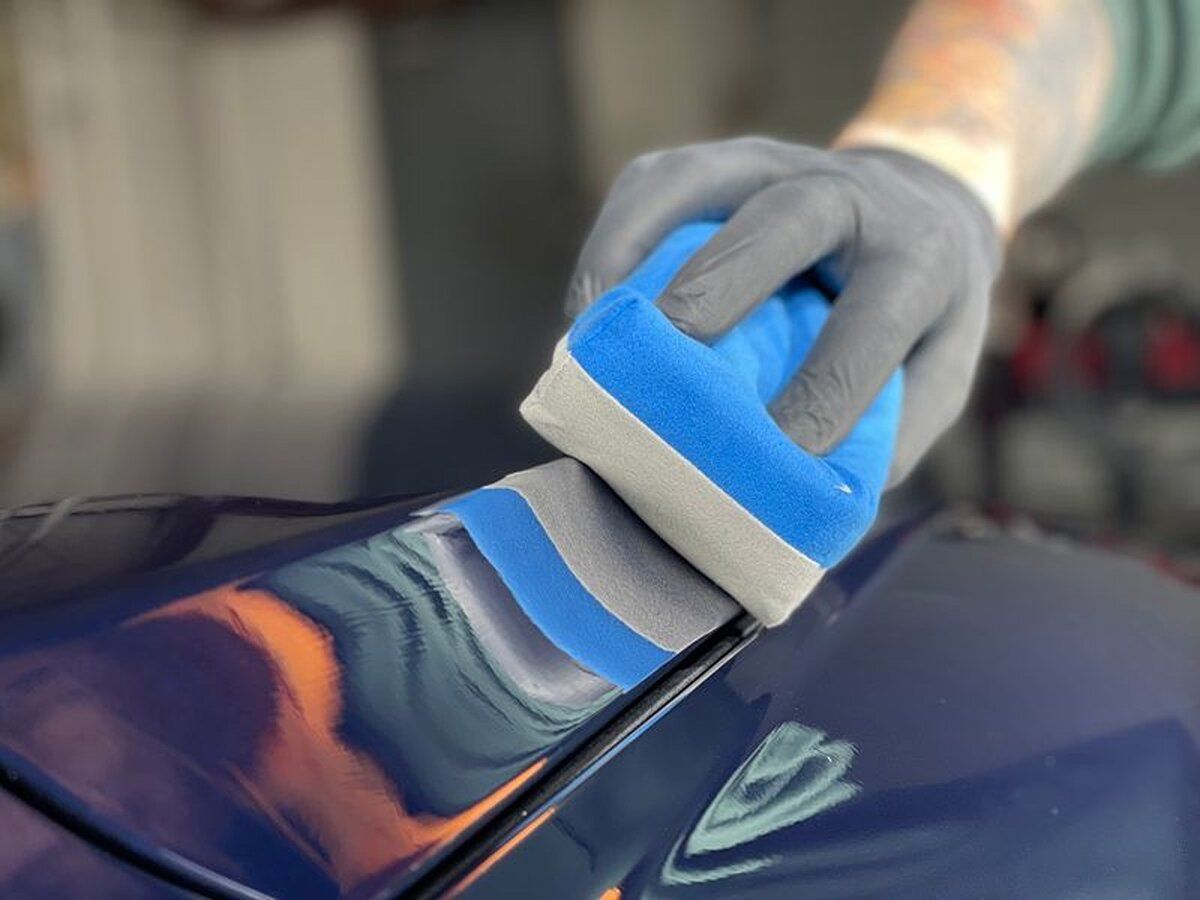Automotive enthusiasts and conscientious car owners understand the importance of maintaining their prized vehicles in top-notch condition. One of the most effective ways to protect a car's paintwork from scratches, chips, and other external damage is through the application of Paint Protection Film (PPF). Among the many PPF brands available on the market, STEK stands out as a trusted and reliable choice. Exploring the features, advantages, and science behind this transformative protective film, you're about to discover why STEK PPF is becoming an enduring favorite among car owners.
STEK’s Paint Protection Film Explained
STEK PPF is a self-healing clear film that is applied to the exterior surfaces of vehicles to shield them from various forms of damage. It is made up of multiple layers, each with its own specific function. The top layer is designed to be resistant to scratches, swirl marks, and minor abrasions, while the second layer possesses self-healing properties that allow it to recover from light scratches and swirls when exposed to heat. Beneath these top layers lies a strong adhesive layer that ensures the film stays securely in place on the vehicle's surface. This adhesive layer also allows for easy installation and removal when necessary without leaving any residue or damage on the paintwork.
By applying STEK PPF to your vehicle, you create a protective barrier that guards against common sources of damage such as rock chips, road debris, bug splatters, tree sap, bird droppings, and UV rays. Additionally, the film is hydrophobic, meaning it repels water and makes cleaning your vehicle a breeze. One of the key advantages of STEK PPF is its transparency. Once applied correctly by trained technicians, it becomes virtually invisible on the surface of the car. This ensures that your vehicle's original paint color and finish remain intact while still benefiting from reliable protection.
Automotive Industry’s View on STEK PPF
Within the automotive industry, STEK PPF has gained recognition and established itself as a reputable brand in the realm of paint protection films. Professionals in the field value its quality, performance, and range of offerings.
Car manufacturers often recommend PPF installations to their customers as an additional layer of protection for their vehicles. This endorsement highlights the effectiveness and reliability of STEK PPF in safeguarding the integrity of a vehicle's paintwork.
Within the car detailing community, STEK PPF is highly regarded for its self-healing capabilities and resistance against common hazards faced on the road. Installers appreciate the ease of working with the film during application due to its optimal adhesion properties and minimal risk of bubbling or lifting.
It is worth noting that while STEK PPF enjoys positive feedback within the industry, there may be differing opinions or preferences among professionals. Some detailers might advocate for alternative brands based on personal experiences or specific client needs. However, STEK's reputation remains strong and continues to rise thanks to its consistent performance and customer satisfaction.
STEK PPF's Distinguishing Features
When it comes to automotive paint protection, STEK Paint Protection Film (PPF) stands out as one of the top choices. It offers a range of distinguishing features that make it highly sought-after in the industry. Let's take a closer look at what sets STEK PPF apart from other protective films.
- Self-healing abilities: This means that minor scratches or swirl marks on the film can disappear over time with exposure to heat, such as sunlight or warm water. This gives your vehicle's paintwork an added layer of protection against small blemishes and keeps it looking pristine for longer periods of time.
- Optical clarity: Unlike some other protective films that may have a noticeable texture or affect the glossiness of the paint, STEK PPF is virtually invisible once professionally installed. This ensures that your vehicle maintains its original appearance without any compromise in aesthetics.
- Durability: It is engineered to withstand harsh environmental elements like UV rays, road debris, bird droppings, and even minor impacts. This toughness helps preserve the underlying paintwork and prevents costly repairs or repainting in the future.
- Hydrophobic properties: it effectively repels water and liquids. This not only helps maintain the cleanliness of your vehicle but also reduces the accumulation of dirt, grime, and other contaminants on the film surface. As a result, cleaning becomes easier and less frequent.
- Longevity: With proper maintenance and care, this protective film can last for many years while retaining its optimal performance. Its high resistance to yellowing ensures that your investment in paint protection remains visually appealing over extended periods.
Resistance Against Corrosion and Damage
One crucial aspect that vehicle owners consider when choosing a paint protection film is its ability to resist corrosion and damage. In this regard, STEK PPF does not disappoint. It provides a robust shield against external factors that could harm your vehicle's paintwork. STEK PPF forms an ultra-thin but highly effective barrier between the vulnerable paint surface and corrosive substances like salt, chemicals, or acid rain. This barrier prevents these harmful agents from coming into direct contact with the paint, thus mitigating the risk of corrosion or permanent damage caused by prolonged exposure.
Moreover, STEK PPF exhibits exceptional resistance to various types of physical damage that can occur during day-to-day driving. It effectively protects against scratches from keys, road debris such as stones or pebbles, accidental bumps, and even minor impacts. By absorbing the force of these potential hazards, the film helps preserve the pristine condition of your vehicle's paintwork underneath. It's worth noting that while STEK PPF offers excellent protection against these external threats, it is still essential to practice regular maintenance and care for your vehicle's exterior. This includes washing away any contaminants promptly and avoiding abrasive cleaning methods that could compromise the integrity of the film. Whether you live in an area with harsh weather conditions, frequently drive on gravel roads, or simply want to shield your vehicle from daily wear and tear, STEK PPF's resistance against corrosion and damage ensures that your car maintains its beauty for years to come.
STEK PPF Coating Options
STEK Paint Protection Film (PPF) is a highly durable and transparent film designed to protect your vehicle's paintwork from scratches, rock chips, and other forms of damage. When it comes to STEK PPF coating options, you have several choices to cater to your specific needs and preferences.
STEK offers different variations of their PPF, each with its own unique features and benefits.
- STEK DYNOshield provides excellent protection against daily wear and tear. It is self-healing, meaning that minor scratches and swirl marks will gradually disappear as the film reacts to heat. This ensures your vehicle always looks pristine and minimizes the need for extensive maintenance.
- STEK DYNOmatt series is specifically designed for matte or satin finishes. This coating maintains the desired matte appearance while offering the same level of protection as other STEK PPF products. By preserving the flat color tone traditionally found in sports cars with matte finishes, the STEK DYNOmatt series ensures your vehicle stands out from the crowd without compromising on protection.
It's important to consider your individual requirements when choosing a STEK PPF coating option. Factors such as your driving habits, climate conditions, and personal aesthetic preferences should influence your decision. By understanding the different features and benefits of each coating option, you can make an informed choice that aligns with your needs.
Choosing the Right Package
When considering a STEK PPF package, it's essential to evaluate factors such as coverage, warranty, and cost. The right package will depend on your budget, desired level of protection, and priorities.
Coverage is an important consideration when selecting a package. Different packages may offer different levels of coverage for various parts of your vehicle. For example, some packages may include full hood protection, while others may only cover certain sections. Assess what areas of your vehicle are most susceptible to damage and choose a package that provides adequate coverage for those areas.
A warranty is another crucial aspect to consider. Understand what the warranty covers and for how long. Some packages come with extended warranties that provide additional peace of mind. Ensure you review the terms and conditions carefully, including any maintenance requirements, to maintain the validity of the warranty. Cost is undoubtedly a factor in any decision-making process. STEK PPF packages can vary in price depending on the level of protection offered and the size of your vehicle. It's important to find a balance between cost and value. Consider the long-term benefits of protecting your vehicle's paintwork against potential damage and weigh them against the initial investment required for the package. Keep in mind that seeking advice from certified installers or industry professionals can be invaluable when choosing the right STEK PPF package. Their expertise can guide you towards making an informed decision based on their experience and knowledge.
Applying STEK's Paint Protection Film
Applying STEK's Paint Protection Film (PPF) requires precision, skill, and attention to detail. It is a meticulous process that involves protecting your vehicle's paintwork from various forms of damage, such as stone chips, scratches, and environmental elements.
To begin the application process, the vehicle surface needs to be thoroughly cleaned and prepared. This step is crucial, as any dirt or contaminants left on the surface can interfere with the adhesive properties of the film. Professional installers typically use specialized cleaning agents and techniques to ensure a pristine surface. Next, the installer carefully measures and cuts the PPF material to fit each specific panel of the vehicle. It is important to remember that this process requires careful handling, as the film can easily become damaged if mishandled or stretched too much during installation.
Once the PPF is cut to size, it is then applied to the clean vehicle surface. The installer uses a combination of heat, pressure, and squeegees to adhere the film smoothly and evenly onto the panel. The heat helps activate the adhesive properties of the film while allowing it to conform perfectly to the contours of the vehicle. After applying each panel, additional steps are taken to ensure a flawless finish. These may include trimming excess material and using heat again to make sure all edges are seamlessly blended. Keep in mind that installing PPF requires expertise and experience. It is advisable to seek professional assistance rather than attempt a DIY installation. Professionals have honed their skills over time and possess the necessary tools and techniques to achieve the best results.
Discover the Ultimate Protection with LeJeune Ceramic Coating & Paint Protection, a Trusted Expert in STEK Paint Protection Film!
Don't let scratches and dirt ruin the beauty of your precious car. Trust the experts at
LeJeune Ceramic Coating & Paint Protection to safeguard your car with the industry-leading STEK Paint Protection film. Our clear bras, fashion films, and window films are equipped with advanced hydrophobic properties, ensuring water and contaminants slide off effortlessly. And with self-healing topcoat technology, minor scratches are a thing of the past! Contact us today!
